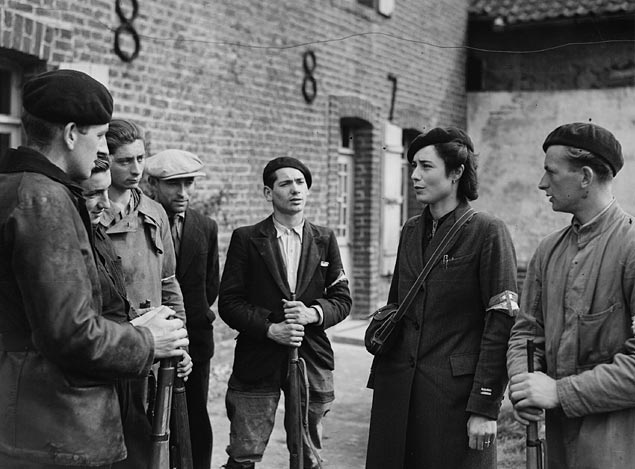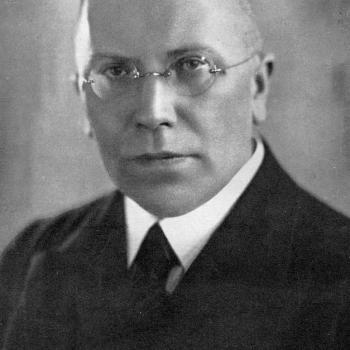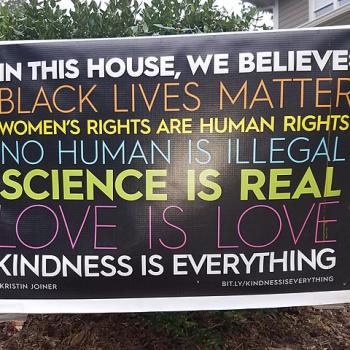Elle Purnell’s article for the Federalist, Welcome to the Culture War, Tim Keller refers to Aaron Renn’s “Three Worlds of Evangelicalism.” So I tracked down that article, which appeared in First Things right at a year ago.
Entitled The Three World of Evangelicalism, the article looks at three stages of the secular world’s view of Christianity:
- Positive World (Pre-1994): Society at large retains a mostly positive view of Christianity. To be known as a good, churchgoing man remains part of being an upstanding citizen. Publicly being a Christian is a status-enhancer. Christian moral norms are the basic moral norms of society and violating them can bring negative consequences.
- Neutral World (1994–2014): Society takes a neutral stance toward Christianity. Christianity no longer has privileged status but is not disfavored. Being publicly known as a Christian has neither a positive nor a negative impact on one’s social status. Christianity is a valid option within a pluralistic public square. Christian moral norms retain some residual effect.
- Negative World (2014–Present): Society has come to have a negative view of Christianity. Being known as a Christian is a social negative, particularly in the elite domains of society. Christian morality is expressly repudiated and seen as a threat to the public good and the new public moral order. Subscribing to Christian moral views or violating the secular moral order brings negative consequences.
The date 2014 is when the Supreme Court legalized same-sex marriage, marking the low point of Christian influence, after which Christianity began to be vilified as bigoted and a threat to public morals.
Each of these stages, says Renn, was met by different strategies on the part of Christians, particularly the evangelicals he focuses on.
In the “positive world,” evangelicals had two major strategies: One was seeker sensitivity. The assumption was that churches could attract non-Christians, understood as “seekers,” if they only presented themselves in the right way. Thus the “seeker-sensitive” modes of worship, designed to attract people who were assumed to be open to the Christian message.
The other strategy in the world where the overall culture still had a positive impression of Christianity was culture war. Evangelicals and other conservative Christians believed that by exposing the evils in the culture, that the public would rise up to correct them. This was thought to be a winning political platform. And, indeed, it did win some elections.
In the “neutral world,” the main strategy was cultural engagement. Christians would get involve in the different aspects of secular culture so as to persuade non-believers of the truth and value of Christianity and Christian principles.
But now we are in the “Negative world.” The secular public is actively hostile to Christians and to the Christian message. Renn says that, so far, the only real strategy that faces up to this new climate is Rod Dreher’s The Benedict Option, in which he counsels Christians to withdraw as much as possible from the hostile culture and to create their own cultural institutions.
Other than that, Renn says that evangelicals have not really come up with any other strategies for dealing with this Negative world. The Benedict Option, he says, has not really caught on among evangelicals to a great extent. Rather, they are still trying the strategies that may have worked in the previous stages but do not work now. For example, many evangelicals are still trying to wage the “culture war,” as evidenced by their support of Donald Trump, even though this caused them to give up their earlier political criteria of personal morality and theological fidelity. But that approach no longer wins elections, but only heightens the hostility.
Problems arise when we think we are in one world, but we are really in another. That’s Purnell’s point about Tim Keller, the evangelical Presbyterian, who had great success with his “cultural engagement” strategy in his congregation in New York City. He is now starting, with the Gospel Coalition, the Keller Center for Cultural Apologetics. That’s a worthy project, in my opinion, but he has been the target of cancellation attempts for being pro-life and for his Biblical beliefs about sex. Purnell fears that Keller’s “cultural engagement” approach won’t work in today’s climate. She urges him to take on the opposition more forcefully and to join the “culture war.”
Christians do need to resist the forces arrayed against them. But, if Renn is right, a Christian “culture war” was effective only when Christianity had a positive reputation. Perhaps we need another metaphor. How about Christian resistance?
I’ve been reading about the way Christians resisted the Nazis and the Communists–talk about “Negative” cultural climates!–and perhaps that is what we are coming to. The “resistance” captures the separateness that the Benedict Option calls for, while also working against the forces arrayed against the Church. It suggests working in secret, acts of sabotage, and subversive activities.
Having said that, I would like to point that we are, as we keep hearing, a multi-cultural society. Not everyone, and not all regions or parts of society have the same attitudes towards religion. Renn is referring to the “high culture” elite. That is an important and highly influential segment, but it is not all of America, or even the majority of America.
What I’m seeing in the Trump phenomenon and more broadly is a revulsion on the part of “ordinary” Americans against the elite. Among that demographic, many are positive, many are neutral, and some are hostile.
As I keep reminding people, the biggest demographic of the unchurched, the nones, and the unmarried is the white working class. These are also the folks who are most rebellious against the elite. This is not a religious issue for them, though. In fact, most of them, despite their unbelief, are “positive” in their respect for Christianity. Many of them consider themselves Christians, though they don’t know much about it and never go to church.
But the fields are ripe for harvest here. Unfortunately, most of the church’s evangelism and apologetic efforts, as well as the church’s angst, are targeted to the affluent middle or upper classes. Then we think there is a crisis because we aren’t getting through to them, due to their hostility. Churches yearn to attract the high status crowd, neglecting the low status crowd that would be far more open to their message.
Photo: Members of the Maquis [the French Resistance] from Armies in World War 2 collection, https://www.bac-lac.gc.ca/, via Picryl. Public Domain


















